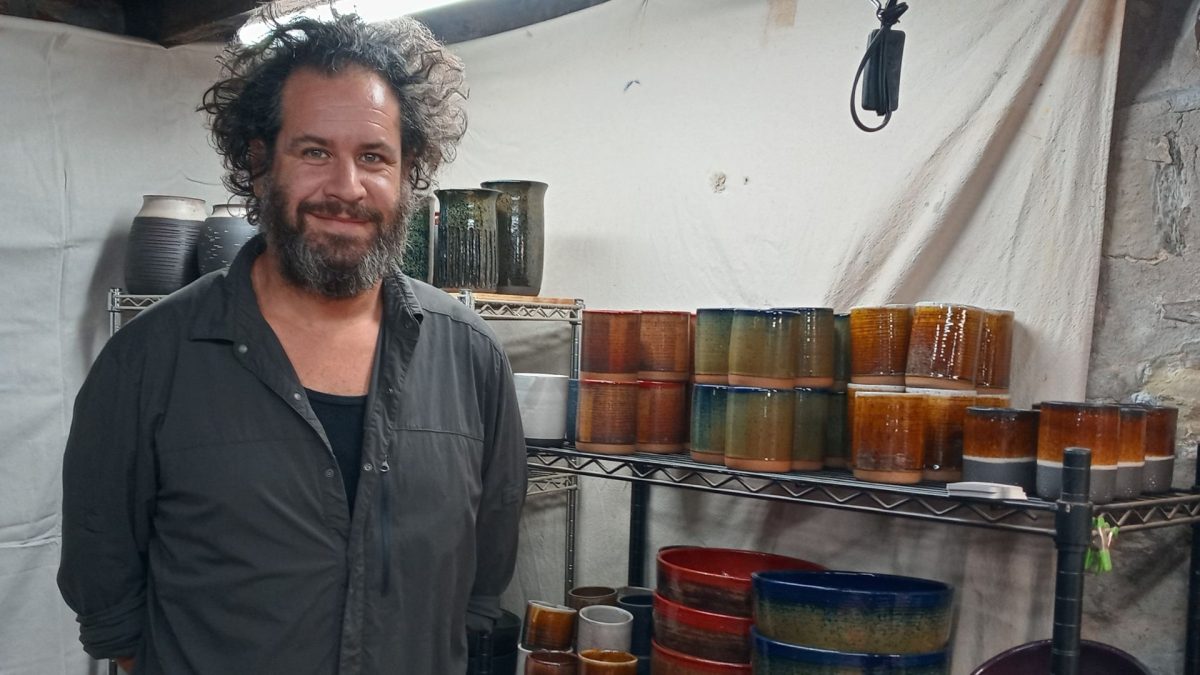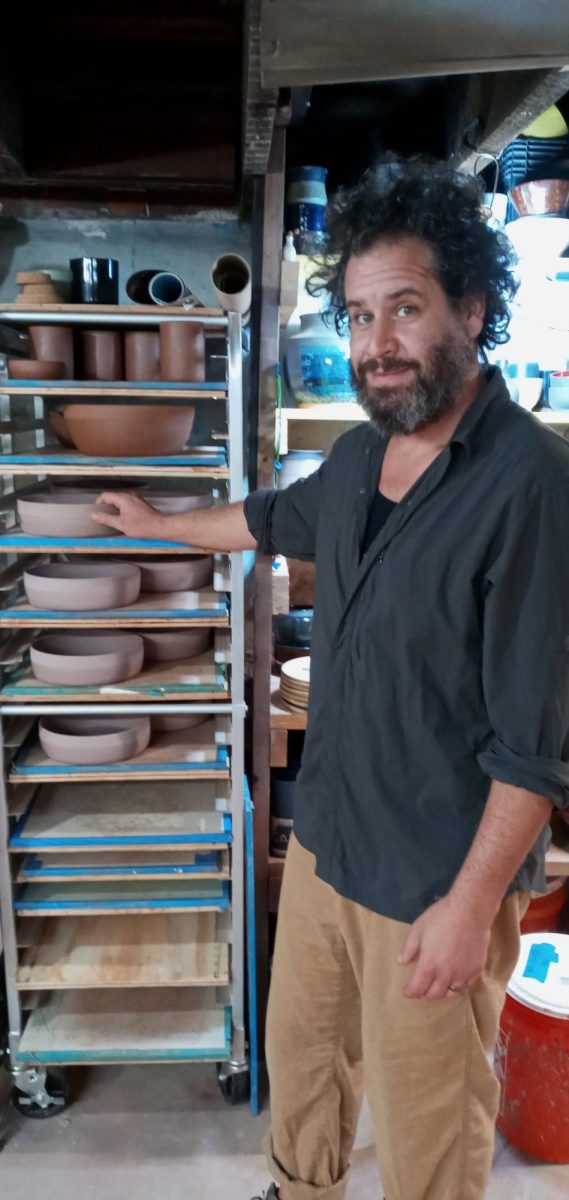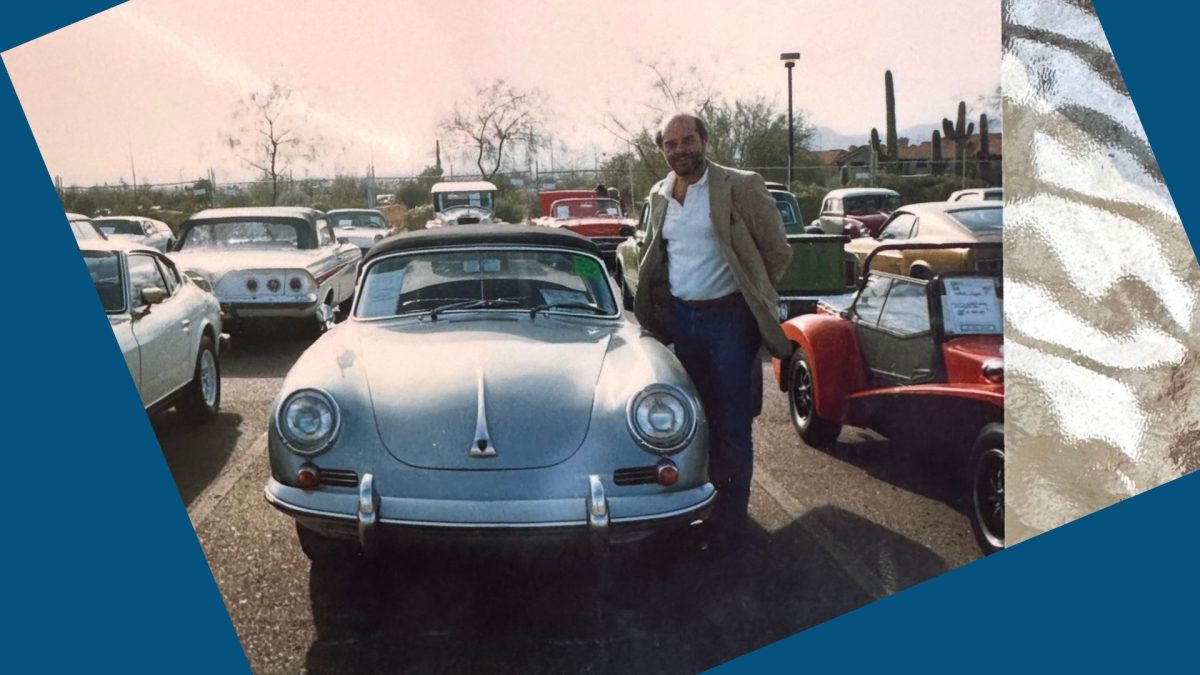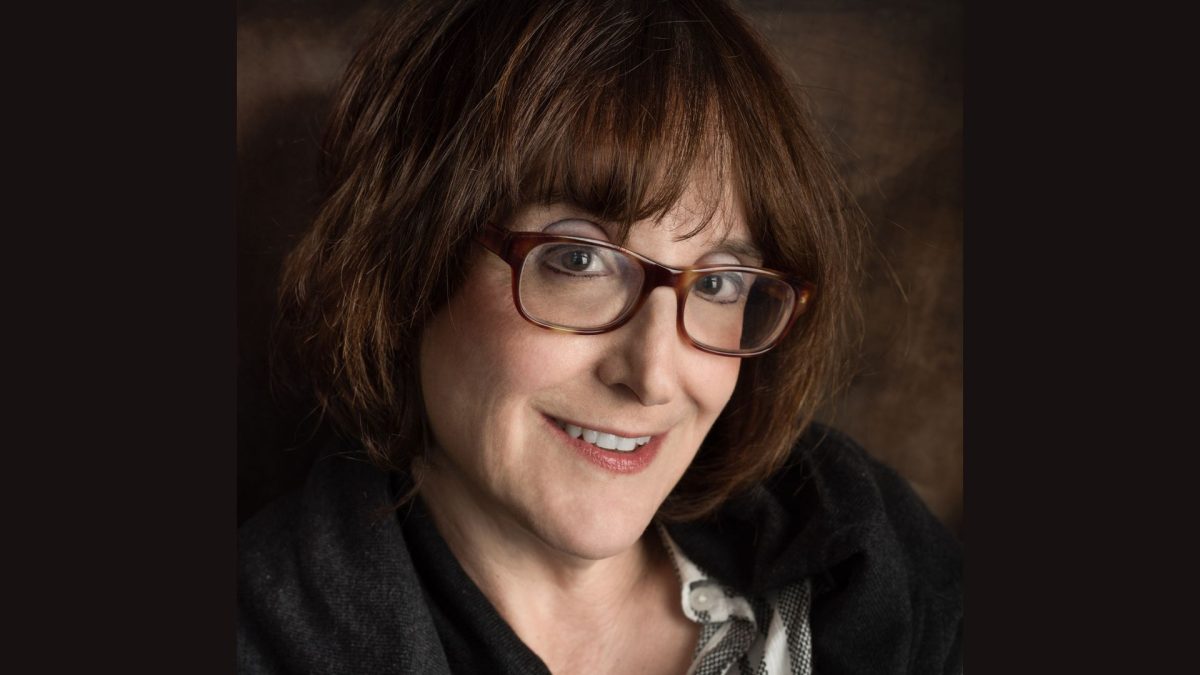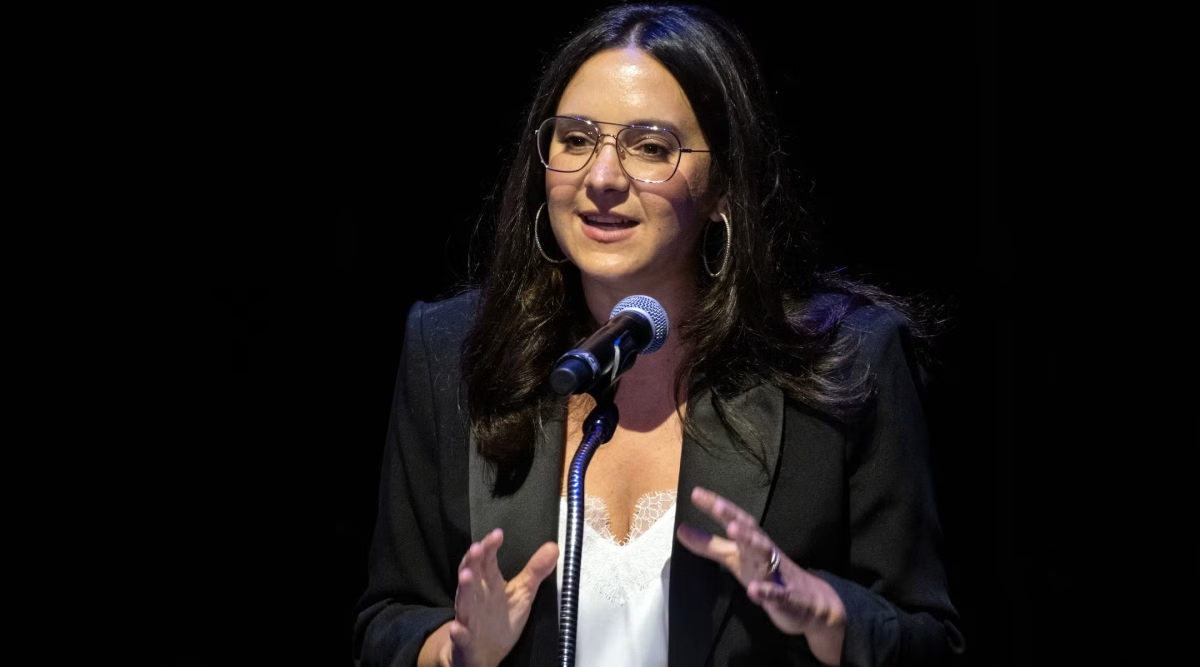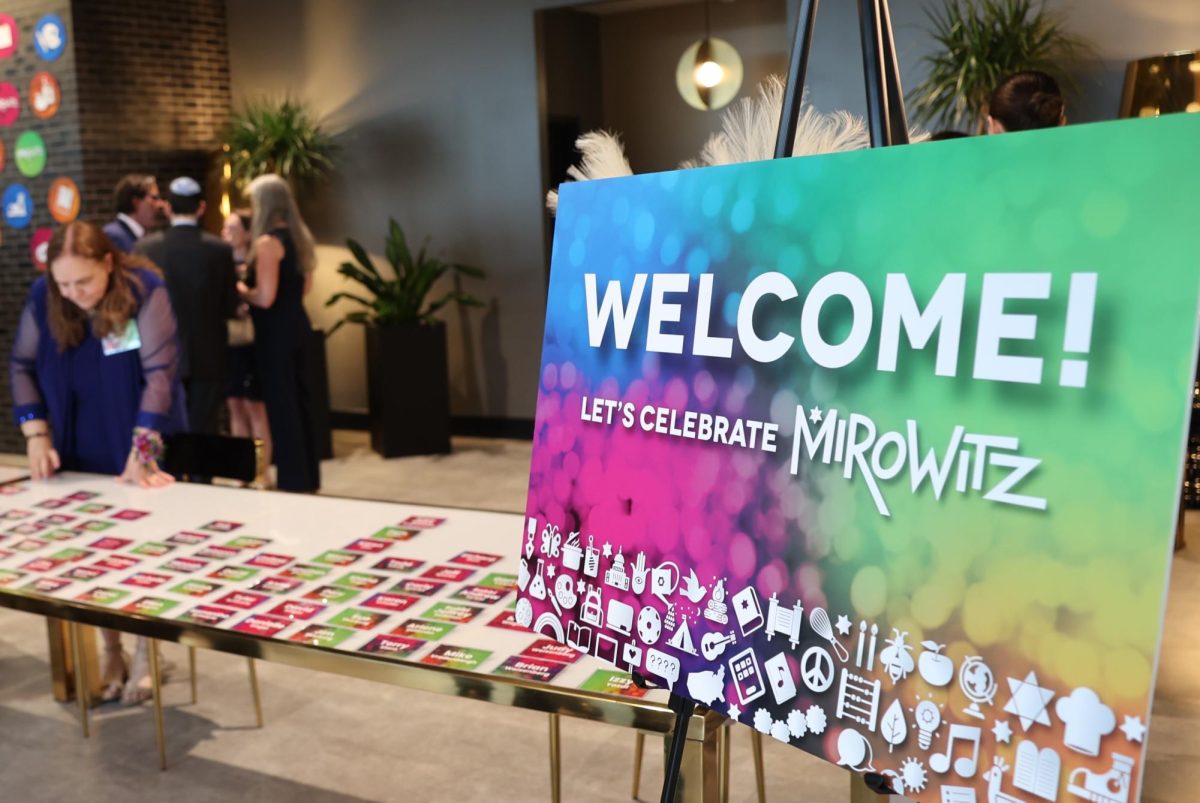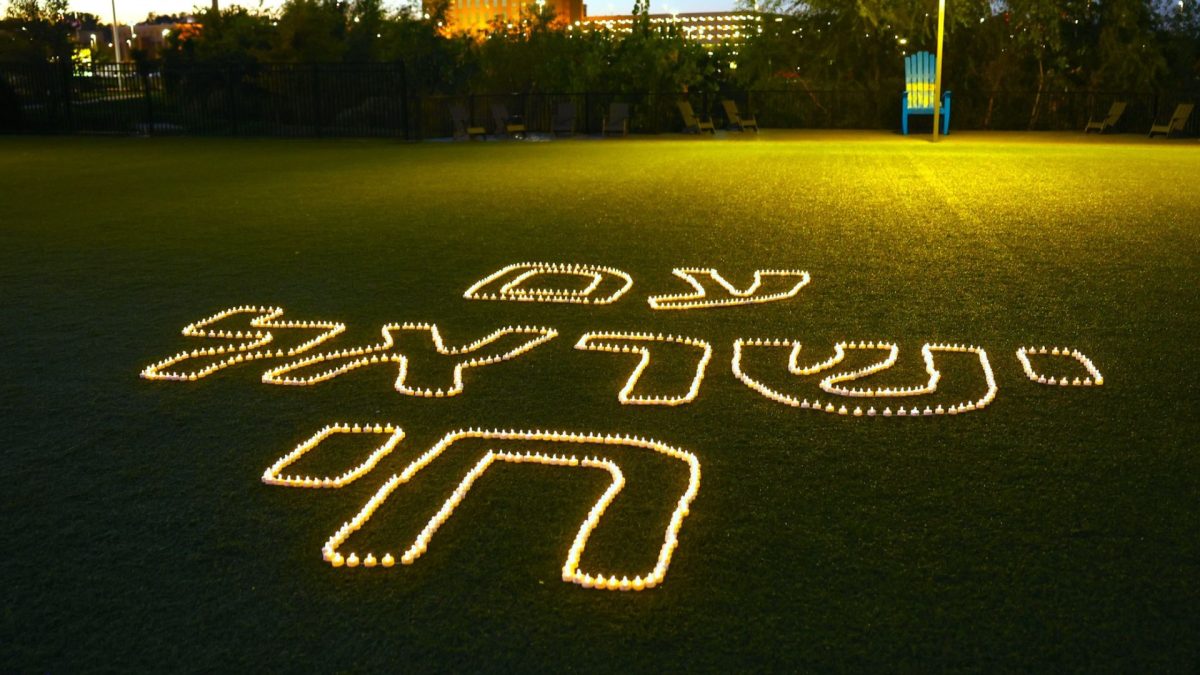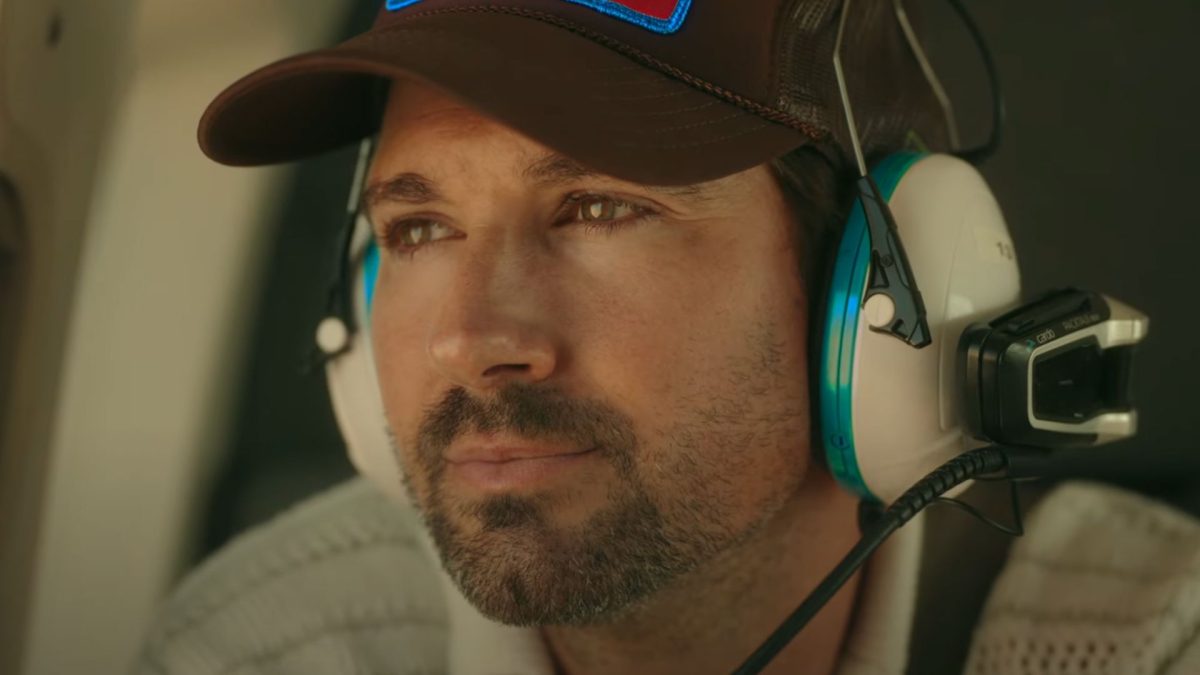Cherokee Street Ceramics is a home-based business that offers handmade pottery stamped on the bottom with the initials of JSM.
The initials belong to Jeremy Segel-Moss, who after decades as a St. Louis-based blues musician, made the full-time transition to pottery work over the last few years.
Segel-Moss, 47, who grew up in University City and was part of the first bar mitzvah class at Central Reform Congregation, explained that after playing for more than 20 years as part of the Bottoms Up Blues Gang, he began to burn out and felt like he was mostly playing for the money.
ADVERTISEMENT
“Now my income is in ceramics,” he said. “Over the last four years, I’ve yet to catch up. I have hundreds of pieces and hundreds of orders.”
Although he does sell his work at the Tower Grove Farmer’s Market, Segel-Moss said markets don’t account for the bulk of his sales. Several high-end St. Louis restaurants, including Akar, Sado and Indo, use his ceramic tableware and he also crafts full sets of dishes for private clients. He makes vases and succulent planters for Flowers and Weeds, and cups with an “STL” insignia for STL Style; both businesses are located on Cherokee Street near his home and studio. In addition, his work is featured at Union Studio, with locations in Webster Groves and the Grove neighborhood, as well as Maven Bath and Candle Company in Maplewood.
And in case you were wondering, he can craft special pieces for weddings, anniversaries and b’nai mitzvahs.
Segel-Moss learned about ceramics as a kid from his mother, Andrea “Andie” Segel-Moss, a first-grade teacher who was an amateur potter and exposed him to ceramics classes at Craft Alliance.
ADVERTISEMENT
His education was furthered during college at Evergreen State College in Olympia, Wash. He created a ceramics curriculum complete with reading materials with the help of an instructor who had a small studio there.
Segel-Moss credits Krueger Pottery Supply in Brentwood as being essential to his current business. He said few cities have a supplier of their ilk, and ordering items online would be cost prohibitive with shipping fees.
“For the most part, I work ceramics in solitude. So, it’s the opposite of live music,” he said. “When I play with musicians, there’s collaboration, compromise and cooperation that doesn’t exist in a solitary artist’s life with no one else in the room all day every day. I have to create, find my own boundaries and push myself in different ways.”
Segel-Moss first learned about blues music through the guitar playing of his dad, Bob Moss, and their many concert trips. That led to his own blues radio show during college. “Once I heard blues, it touched me when I was a teenager and it stuck with me all the way through,” he said.
About 10 years ago, he got involved with the St. Louis Blues Society, which he ran for about eight years. It put out six CDs and held educational events. During its heyday, he also helped plan the Big Muddy Blues Festival, recalling how one year it featured 70 bands on six stages.
Three years ago, Segel-Moss married his longtime partner, Leslie Sanazaro, who also was a performing musician. Today, she runs Group Piano St. Louis in Clifton Heights.
“We’re evolving, but we’ll come back to (playing) music at some point,” he said. “Right now, we have this opportunity to do other things that we’re really enjoying.”
One thing is extremely obvious: Segel-Moss thoroughly enjoys talking about, and making comparisons between, his two major passions.
“Selling ceramics is the same as selling music,” he said. “How the art is created and presented is different. But the artistic hustle to make a living playing music is the same. You create something to share and hopefully make others’ days better whether it’s a song or a cup. Then you find a way to make a living out of it.
“With music, it’s performing and selling CDs or T-shirts. The biggest difference with ceramics is the performance is never seen. I mix it up and bring it to market like the CD part of music as opposed to actually performing music at the markets. I used to perform music at the markets. Now I have a table there.”
RELATED: Artist Rachel Bray explains her ‘blue work’ now on display



